Blanched asparagus, a dish celebrated for its vibrant color, crisp texture, and delicate flavor, is a staple in kitchens worldwide. This simple yet elegant cooking method, often referred to as “white cooking” in Chinese cuisine, involves briefly boiling the vegetable to retain its nutritional value and vibrant hue. The key to achieving perfection lies in mastering the cooking time—a balance between tender stems and a slight crunch. This article delves into the nuances of blanching asparagus, exploring factors that influence cooking time, step-by-step techniques, and creative ways to elevate this humble vegetable into a culinary masterpiece.
Understanding Asparagus Varieties
Before discussing cooking times, it’s essential to recognize that asparagus comes in various thicknesses and colors, including green, purple, and white. The thickness of the stalk directly impacts boiling duration. Thin asparagus (pencil-thin, about 5-7mm in diameter) cooks rapidly, while thicker spears (1.5-2cm) require more time. Freshness also plays a role; younger, tender shoots need less time than older, woodier stalks.
The Science of Blanching
Blanching serves dual purposes: it softens the vegetable’s fibrous structure and preserves its bright green color by halting enzyme activity. Submerging asparagus in rapidly boiling water cooks it evenly, while an ice bath afterward stops the cooking process, preventing overcooking. This method ensures the asparagus retains its nutrients, such as vitamins A, C, and K, folate, and fiber.
Boiling Time: The Golden Rule
The million-dollar question: How long should you boil asparagus for blanching? The answer hinges on thickness and personal preference. Here’s a breakdown:
-
Thin Asparagus (5-7mm diameter):
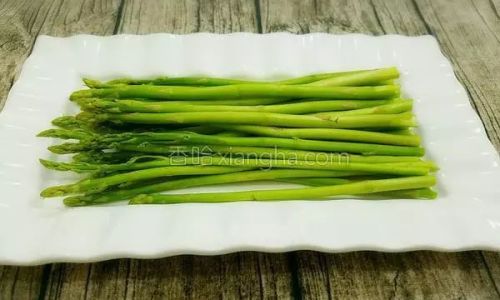
- 2-3 minutes in boiling water.
- Ideal for salads or garnishes, where a slight crunch is desired.
-
Medium Asparagus (1-1.5cm diameter):
- 3-4 minutes for al dente texture.
- 4-5 minutes for a softer finish, suitable for purées or side dishes.
-
Thick Asparagus (1.5-2cm diameter):
- 5-6 minutes for tender yet firm spears.
- 7-8 minutes if serving to those who prefer softer vegetables.
Adjustments for Variables:
- Altitude: At high elevations, water boils at lower temperatures, extending cooking time by 1-2 minutes.
- Freshness: Fresher asparagus cooks faster; older stalks may need an extra minute.
- Personal Preference: Test doneness by piercing the stem with a fork—it should meet slight resistance for al dente, or glide smoothly for softer textures.
Step-by-Step Blanching Guide
-
Preparation:

- Trim the woody ends: Bend each spear until it snaps naturally (usually 2-3cm from the base).
- Peel thicker stalks with a vegetable peeler to ensure even cooking.
-
Boiling Water:
- Use a large pot (4-6 liters) to prevent overcrowding.
- Add 1-2 tablespoons of salt to enhance flavor and raise the water’s boiling point.
- Bring water to a rolling boil before adding asparagus.
-
Cooking Process:
- Submerge spears in a single layer.
- Start timing immediately.
- Stir gently halfway to ensure even cooking.
-
Ice Bath:
- Prepare a bowl of ice water.
- Transfer cooked asparagus using tongs to halt cooking.
- Let sit for 2-3 minutes, then pat dry.
Enhancing Flavor and Presentation
Blanched asparagus shines with minimal embellishments, but creativity can elevate the dish:
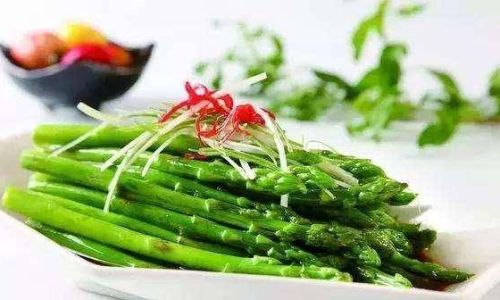
- Seasonings: Drizzle with olive oil, lemon zest, or balsamic glaze.
- Herbs: Sprinkle with fresh dill, parsley, or chives.
- Cheese: Grate Parmesan or crumble feta over warm spears.
- Spices: A pinch of smoked paprika or chili flakes adds warmth.
- Dips: Serve with hollandaise, aioli, or hummus for dipping.
Alternative Cooking Methods
While blanching is traditional, other techniques offer variety:
-
Steaming:
- Preserves more nutrients and flavor.
- Cook time: 4-7 minutes, depending on thickness.
-
Grilling:
- Toss blanched asparagus in oil and grill for charred marks.
- Perfect for summer BBQs.
-
Roasting:
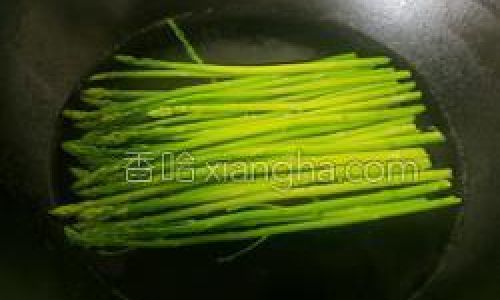
Roast at 200°C (400°F) for 10-15 minutes for caramelized edges.
Nutritional Benefits of Asparagus
Beyond its culinary appeal, asparagus is a nutritional powerhouse:
- Rich in Antioxidants: Combats inflammation and oxidative stress.
- High in Fiber: Supports digestion and gut health.
- Low in Calories: A 100g serving contains just 20 calories.
- Folate Source: Essential for cell growth and DNA repair.
Common Mistakes to Avoid
- Overcooking: Results in mushy, gray-green spears.
- Under-salting the Water: Leads to bland-tasting asparagus.
- Skipping the Ice Bath: Causes residual heat to overcook the vegetable.
- Overcrowding the Pot: Lowers water temperature and prolongs cooking.
Serving Suggestions
Blanched asparagus pairs beautifully with:
- Proteins: Grilled salmon, seared scallops, or roasted chicken.
- Salads: Toss with arugula, cherry tomatoes, and a lemon vinaigrette.
- Pastas: Mix with linguine, garlic, and chili flakes.
- Appetizers: Wrap in prosciutto or serve with soft-boiled eggs.
Storing and Reheating Leftovers
- Refrigeration: Store blanched asparagus in an airtight container for 3-4 days.
- Freezing: Blanch for an extra minute, then freeze in a single layer. Thaw before reheating.
- Reheating: Sauté in butter over low heat or warm in a 180°C (350°F) oven for 5 minutes.
Conclusion
Mastering the art of blanched asparagus hinges on understanding the interplay between time, thickness, and texture. Whether you prefer a tender crunch or a softer bite, adjusting boiling times by a minute or two can transform this vegetable into a dish that delights the senses. Experiment with seasonings and pairings to discover your signature style, and remember—the simplest preparations often yield the most profound flavors.
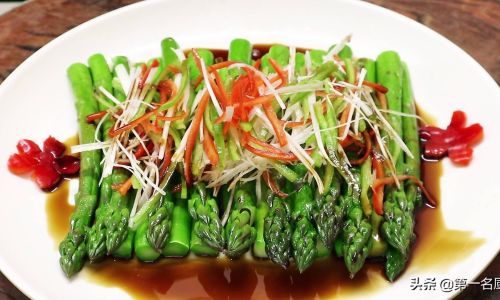
Blanched asparagus is more than a side dish; it’s a canvas for culinary creativity. So, the next time you’re faced with a bundle of fresh spears, embrace the alchemy of boiling water and precise timing. Your taste buds—and dinner guests—will thank you.
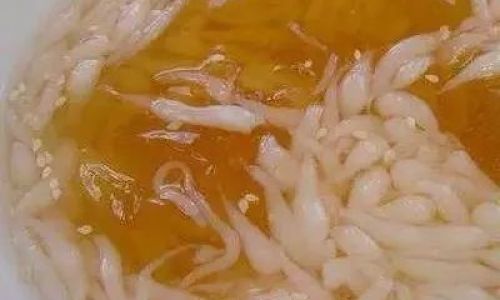
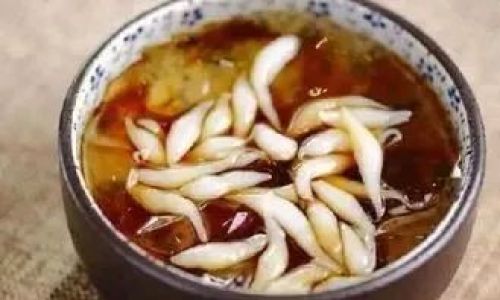

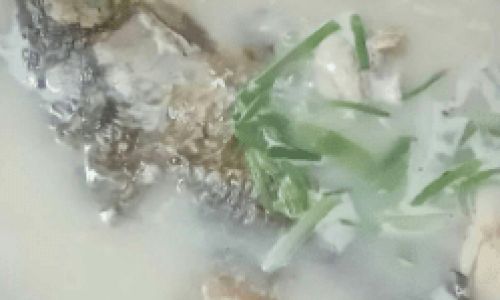

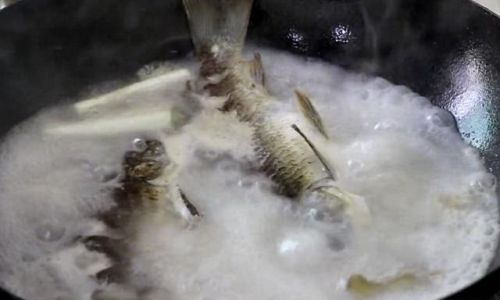
0 comments